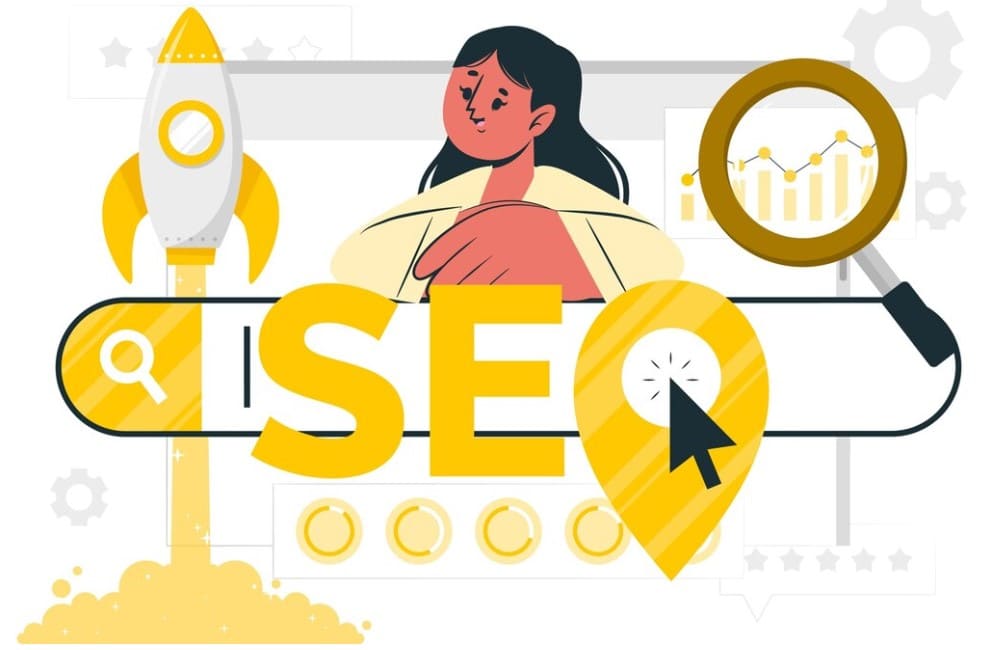By shifting the emphasis from keywords to context and purpose, semantic search engine optimization (SEO) heralds a new era in SEO. If marketers want to optimize their online presence and increase organic traffic in today’s digital landscape—where search engines are becoming smarter and consumer expectations are changing—they must comprehend the intricacies of semantic search.
Contextually relevant material is the central tenet of semantic search engine optimization. Semantic search engine optimization (SEO) takes a more holistic approach than traditional SEO by focusing on the whole context of a user’s query rather than narrowly targeting single keywords. Part of this process involves deducing the user’s true intentions from their search query and catering to their interests, preferences, and motivations accordingly.
The significance of conversational search queries and natural language is one of the fundamental foundations of semantic SEO. More and more people are interacting with search engines using natural language as a result of the proliferation of voice search and AI-powered assistants such as Google Assistant and Siri. For this reason, conversational phrases, long-tail keywords, and query-based optimization are all part of semantic search optimization. These elements mimic the way consumers really convey their search intent.
There is a heavy focus on entity-based optimization in semantic SEO. Semantic search engine optimization (SEO) looks at entities (people, places, and things) and their relationships rather than keywords as standalone pieces of text. Search engines place more weight on material that marketers have structured to support these semantic linkages, which increases the content’s relevance and authority.
Semantic search engine optimization also heavily relies on structured data markup. Marketers may provide search engines more information about their content, such product details, reviews, and event details, by using schema markup, a defined language that search engines use to interpret web pages and their content. This raises the content’s profile in SERPs and increases its chances of receiving rich snippets and other notable elements.
In addition to standard web searches, semantic SEO also includes picture and video searches as well as voice searches. Metadata, captions, and transcripts that explain the material’s context and purpose are essential for multimedia optimization in semantic search. Marketers can increase the prevalence and discoverability of multimedia content across digital platforms by making it easier to access and tailoring it to certain contexts.
To sum up, semantic SEO is an all-encompassing strategy for SEO that considers context and purpose in addition to keywords. Marketers may improve their content’s authority, visibility, and relevancy in search engine results by learning the ins and outs of semantic search and using tactics like multimedia optimization, structured data markup, entity-based optimization, and natural language. In order to keep up with the ever-changing search engines and meet user expectations, marketers that want to generate organic traffic to their digital domains will need to learn the fundamentals of semantic SEO.
Find Out: For more information about IT, visit this website at IT-Americano
